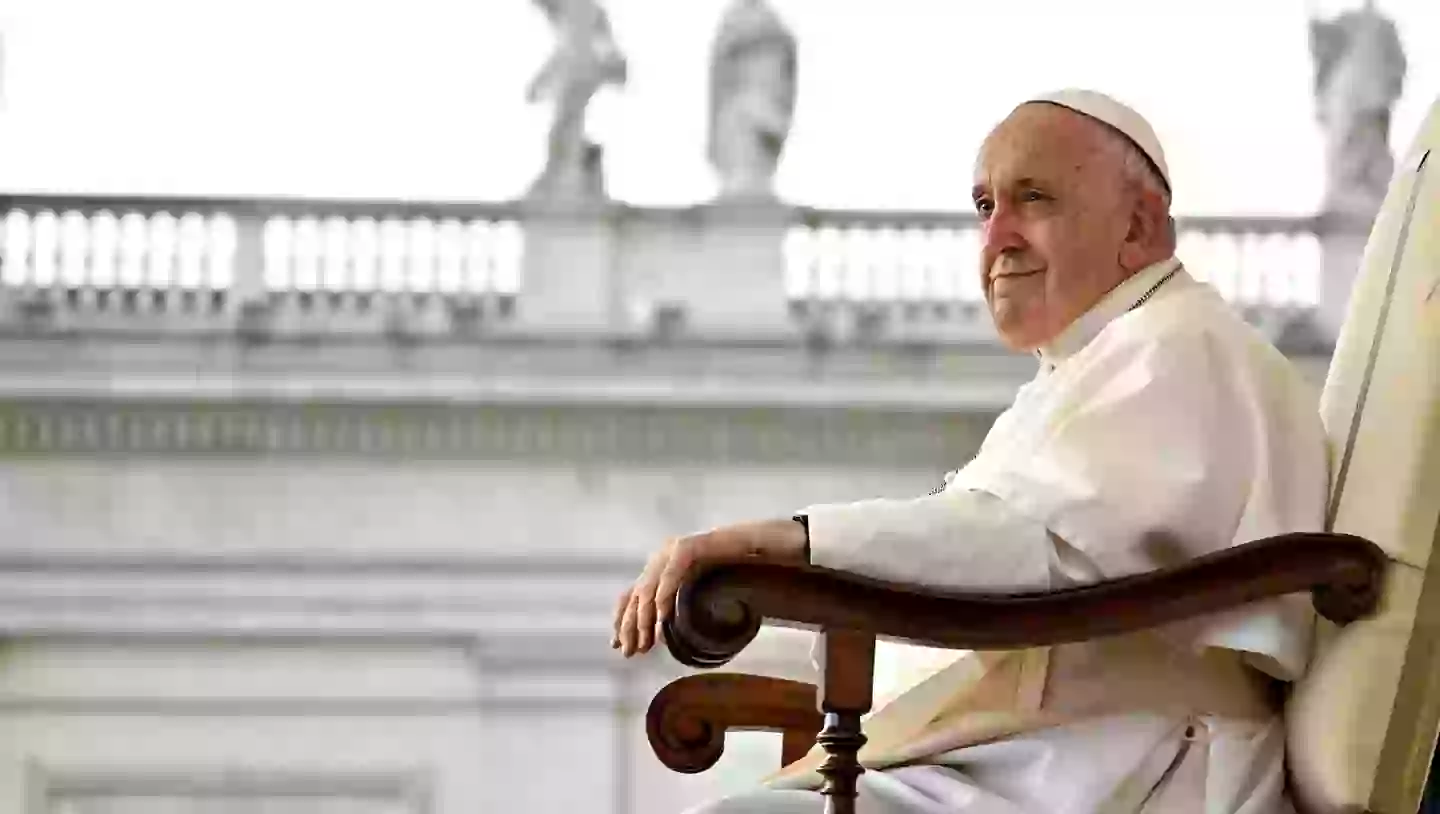A centuries-old prophecy suggesting that Pope Francis may be the final leader of the Catholic Church has resurfaced, stirring conversation online. Despite the buzz, many scholars assert the prediction is not authentic.
On Easter Monday (April 21), Cardinal Kevin Farrell, acting as Camerlengo, reportedly confirmed the death of Pope Francis at age 88 at Domus Sanctae Marthae, his residence within Vatican City.
Pope Francis, born in Buenos Aires, Argentina, made history as the first pope from Latin America. He led the Catholic Church from March 13, 2013, until his death in 2025. On Sunday (May 4), the Vatican concluded its period of mourning, and preparations for the papal conclave—tasked with selecting a new pontiff—are set to begin on Wednesday.
The renewed attention toward an alleged prophecy stems from a 1595 publication by Benedictine monk Arnold de Wyon, which presented a list attributed to 12th-century Irish Archbishop Saint Malachy. Known as The Prophecy of the Popes, the list contains 112 cryptic Latin mottos, each believed to correspond to a specific pope, starting with Celestine II in 1143.

According to the text, Pope Francis is said to be the 112th and final pope, with no successor following him. Some readers interpret the final entry as a warning of apocalyptic events, while others see it as symbolic or unrelated to the end times. The last figure, referred to as “Peter the Roman,” is described as leading the Church through turmoil before a final judgment and the destruction of Rome, often interpreted as the “city of seven hills.”
However, experts like Fr. James Weiss, a professor of church history at Boston College, argue that the prophecy is likely a forgery. He told USA Today that predictions about popes after 1590 are often vague or inconsistent, suggesting the list was created retroactively to fit existing figures.
Despite skepticism, the mystery continues to attract attention. Some theorists believe the Church will break from the prophecy and elect a new pope—one not mentioned in Malachy’s list—while others argue that Francis’ papacy marks the final chapter, possibly influenced by historical instances when rival claimants, or “antipopes,” coexisted.
As the conclave begins in the Sistine Chapel, speculation grows over who may become the next leader of the Catholic Church. Among those considered possible successors are Cardinal Pietro Parolin, Cardinal Peter Erdo, Archbishop Jean-Marc Aveline, and Patriarch Pierbattista Pizzaballa.
The world will watch as white smoke rises from the Sistine Chapel chimney—signaling that a new pope has been chosen and a new chapter in Vatican history is about to begin.
